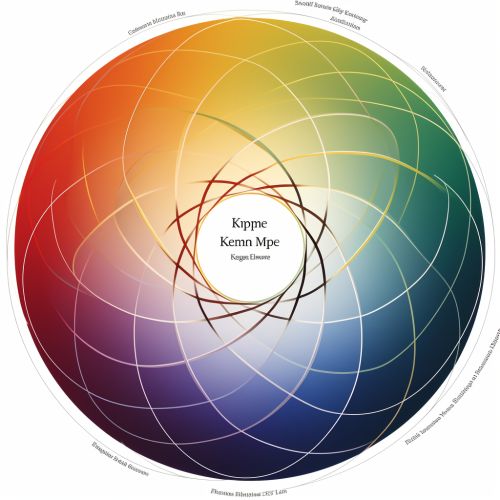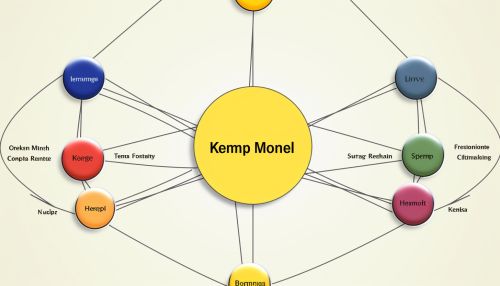Kemp Model
Overview
The Kemp Model, also known as the Kemp Instructional Design Model, is a comprehensive framework for designing effective and efficient instructional materials. Developed by Jerrold Kemp, this model emphasizes the importance of considering the characteristics and needs of learners throughout the design process. It is often used in the field of instructional design and educational technology.
History
Jerrold Kemp, an educational technologist, first introduced the Kemp Model in the 1970s. Kemp's background in education and technology greatly influenced the development of this model. He believed that effective instruction requires a systematic approach, and his model reflects this belief.
Principles
The Kemp Model is based on several key principles. The first is that instructional design should be learner-centered. This means that the needs, characteristics, and abilities of learners should be the primary consideration when designing instruction. The model also emphasizes the importance of continuous evaluation and revision of instructional materials. This iterative process ensures that the instruction remains relevant and effective.
Components
The Kemp Model consists of nine components, each of which plays a crucial role in the instructional design process. These components are not sequential; instead, they are intended to be addressed concurrently and iteratively.
Learner Characteristics
This component involves analyzing the characteristics of the learners, including their prior knowledge, learning styles, and motivation. Understanding these characteristics can help instructional designers create materials that are tailored to the learners' needs.
Instructional Objectives
Instructional objectives are clear, measurable statements of what learners should be able to do after completing the instruction. These objectives guide the design of the instruction and provide a basis for evaluating its effectiveness.
Content Analysis
Content analysis involves determining what content needs to be included in the instruction. This involves identifying the key concepts, skills, and information that learners need to achieve the instructional objectives.
Learning Experiences
This component involves designing the actual learning experiences that learners will engage in. These experiences should be varied and interactive to cater to different learning styles and preferences.
Instructional Strategy
The instructional strategy outlines how the learning experiences will be organized and delivered. This includes decisions about the sequence of instruction, the use of multimedia, and the role of the instructor.
Resources and Materials
This component involves identifying and developing the resources and materials needed for the instruction. This can include textbooks, online resources, multimedia materials, and other instructional aids.
Evaluation and Assessment
Evaluation and assessment involve determining whether the instruction has been effective. This can be done through tests, quizzes, observations, and other forms of assessment.
Organizational and Administrative Factors
This component involves considering the organizational and administrative factors that can impact the implementation of the instruction. This can include budget constraints, time constraints, and institutional policies.
Support Services
Support services are the resources and services that help learners succeed in the instruction. This can include tutoring services, technical support, and access to additional learning resources.
Applications
The Kemp Model is widely used in various educational settings, including K-12 education, higher education, and corporate training. It is particularly useful in the design of online and blended learning environments, where the needs and characteristics of learners can vary widely.
Criticisms
While the Kemp Model is widely respected for its comprehensive and learner-centered approach, it has been criticized for its complexity. Some educators and instructional designers find the model to be too time-consuming and resource-intensive for practical use. However, proponents of the model argue that its thoroughness is necessary for designing effective instruction.
See Also
- ADDIE Model
- Dick and Carey Model
- Gagne's Nine Events of Instruction
- Merrill's Principles of Instruction


